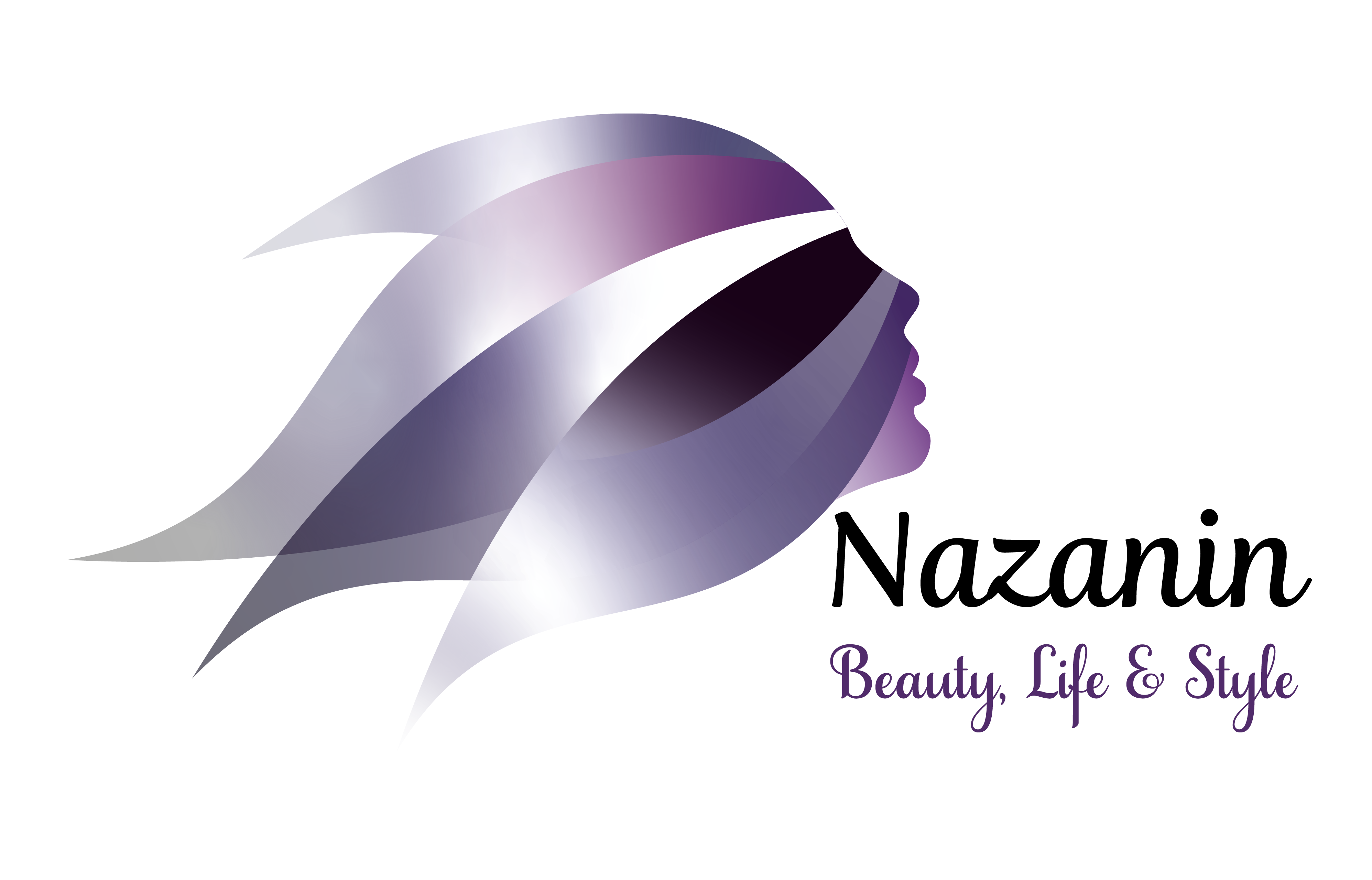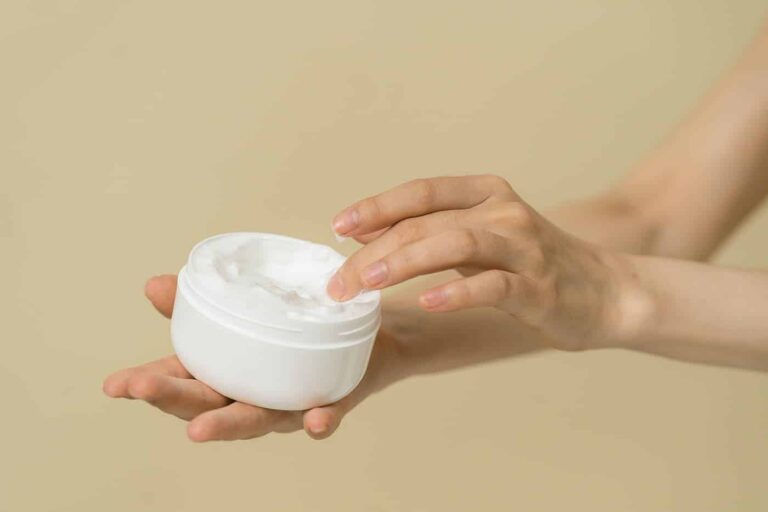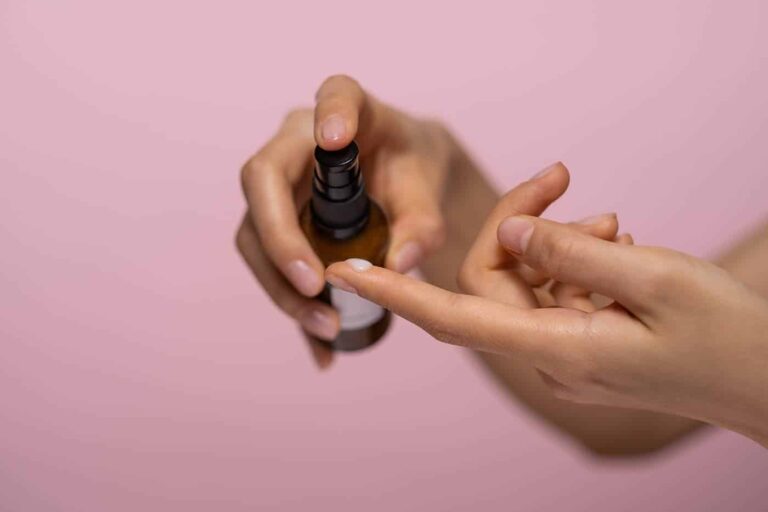what is lash keratin treatment?
Keratin eyelash treatment, also known as a keratin lash lift or keratin lash infusion, is a procedure that aims to strengthen and nourish the natural eyelashes using keratin protein. While lash lifting focuses on curling the lashes, keratin eyelash treatments primarily focus on improving the health and appearance of the lashes.
The keratin treatment helps to moisturize and strengthen the lashes, promoting healthier lash growth and minimizing brittleness or breakage. It can also provide a subtle enhancement to the lashes, making them appear shinier and more defined.
It’s important to note that keratin eyelash treatments do not curl the lashes like lash lifting or provide the same dramatic results as eyelash extensions. The primary focus is on nourishing and improving the condition of the lashes.
Keratin eyelash treatments are typically performed by trained professionals, such as estheticians or lash technicians, who have experience in lash treatments. It’s important to choose a reputable technician and ensure that they use high-quality products to achieve the best results.
Lash keratin treatments are generally suitable for most individuals, but there are certain cases where it may not be recommended or suitable. Here are some factors to consider:
Who can get lash keratin treatment:
- Individuals with weak or damaged lashes: Lash keratin treatments can be beneficial for those with weak, brittle, or damaged lashes. The keratin-infused solution helps to nourish and strengthen the lashes, promoting healthier lash growth and reducing breakage.
- Individuals with dry or dehydrated lashes: If you have dry or dehydrated lashes that lack moisture, a lash keratin treatment can help provide hydration and improve the overall condition of the lashes.
- Those seeking to enhance lash appearance: Lash keratin treatments can make the lashes appear shinier, healthier, and more defined. If you want to improve the overall look of your lashes without adding curl or lift, lash keratin treatment may be a suitable option.
- Individuals with sensitivity to eyelash extensions: If you have allergies or sensitivities to the adhesives used in eyelash extensions, lash keratin treatment can be a good alternative. It provides a natural enhancement to the lashes without the need for extensions.
Who may not be suitable for lash keratin treatment:
- Recent eye surgeries or eye conditions: If you have recently undergone eye surgeries or have any ongoing eye conditions or infections, it’s best to avoid lash keratin treatments. The procedure could potentially irritate or interfere with the healing process of the eyes.
- Allergies or sensitivities: If you have known allergies or sensitivities to the ingredients used in the lash keratin solution, such as keratin protein or other conditioning agents, it’s advisable to avoid the treatment. Patch testing is often recommended beforehand to check for any adverse reactions.
- Pregnancy or breastfeeding: While there is limited research on the effects of lash keratin treatments during pregnancy or breastfeeding, it’s generally recommended to avoid unnecessary chemical treatments during this time. It’s best to consult with a healthcare professional for guidance.
It’s important to consult with a trained lash technician or esthetician who can assess your individual circumstances and provide personalized advice. They can evaluate the condition of your lashes, discuss any potential risks or contraindications, and help determine if lash keratin treatment is suitable for you.
Always prioritize your safety and well-being when considering any cosmetic procedure. If you have any concerns or underlying medical conditions, it’s recommended to consult with a healthcare professional before proceeding with lash keratin treatment.
Difference between lash keratin treatment and lash lift
Lash keratin treatment and lash lift are both procedures that aim to enhance the appearance of natural eyelashes, but they have different purposes and outcomes. Here are the key differences between lash keratin treatment and lash lift:
Lash Keratin Treatment:
- Purpose: Lash keratin treatment focuses on nourishing, strengthening, and improving the health of the natural lashes.
- Procedure: During a lash keratin treatment, a keratin-infused solution is applied to the lashes to moisturize, hydrate, and fortify them. The treatment aims to promote healthier lash growth, minimize brittleness, and enhance the overall condition of the lashes.
- Results: The primary benefits of a lash keratin treatment include improved lash health, increased moisture retention, reduced breakage, and shinier lashes. However, it does not provide significant curl or lift to the lashes.
Lash Lift:
- Purpose: Lash lift is a procedure that focuses on curling and lifting the natural lashes to create a more uplifted and curled appearance.
- Procedure: During a lash lift, the natural lashes are carefully and meticulously curled and shaped using a perming solution or lifting solution. The lashes are typically curled upward, making them appear longer, more voluminous, and more defined.
- Results: Lash lift results in a more noticeable and dramatic curl to the lashes, giving the eyes a more open and awake look. The curl can last for several weeks, depending on the individual’s lash growth cycle. However, lash lift does not necessarily improve the health or condition of the lashes.
In summary, lash keratin treatment primarily focuses on improving the health, strength, and appearance of the lashes by providing nourishment and hydration. On the other hand, lash lift focuses on curling and lifting the lashes to create a more noticeable and dramatic curl, enhancing the overall appearance of the eyes.
It’s worth noting that some professionals may offer combined treatments that incorporate both lash keratin treatment and lash lift techniques to provide enhanced results, such as nourishing the lashes while also providing a curl or lift. It’s always best to consult with a trained technician or esthetician to discuss your specific needs and preferences and determine the most suitable treatment for you.



